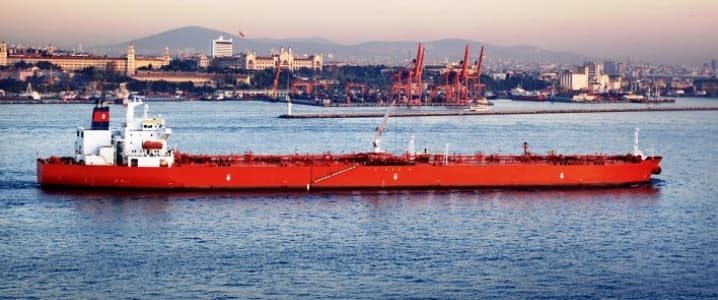Saudi Arabia’s state-held oil giant Saudi Aramco will be launching in 2018 the revamped Muajjiz oil terminal on the Red Sea that would raise the Kingdom’s oil loading and export capacity to 15 million bpd from 11.5 million bpd now, Mohammed Y. Al Qahtani, Aramco’s Senior vice president of Upstream, told Reuters in an interview published on Monday.
Muajjiz was used for exports of crude oil from Iraq via the Iraqi Pipeline in Saudi Arabia (IPSA), but the terminal has not been used to load Iraqi oil since the Iraqi invasion of Kuwait back in 1990. IPSA was laid across Saudi Arabia in the 1980s after both sides attacked oil tankers in the Persian Gulf during the Iran-Iraq war. Saudi Arabia confiscated the pipeline in 2001 in exchange for debts Iraq owed.
In 2012, Iran threatened to block the Strait of Hormuz—which lies along the route of around 40 percent of the global seaborne oil exports—in retaliation to the Western sanctions. Then Saudi Arabia reopened IPSA to be ready to have alternative export route should Iran live up to its threat.
In 2018, Saudi Arabia’s additional capacity coming from the Muajjiz terminal will be integrated into the Yanbu crude oil terminal, and will handle increased fuel oil and Arabian Heavy crude supplies to the refineries Yasref, Jazan, and Jeddah.
According to Sadad al-Husseini, former senior executive at Aramco and now an energy consultant who spoke to Reuters, the Muajjiz terminal will boost Aramco’s flexibility in crude and oil product sales, as well as traffic out of the Red Sea “without affecting its intense operations out of the Arabian Gulf, which are largely dedicated to the Asian markets.” Related: What’s Behind This Sudden Drop In China’s Gold Production?
Saudi Arabia’s three key primary crude oil export terminals are Ras Tanura and Ras al-Ju'aymah on the Persian Gulf, and the Yanbu terminal on the Red Sea, according to the EIA. Ras Tanura has an average handling capacity of 3.4 million bpd, Ras al-Ju'aymah has a capacity of around 3 million bpd, and Yanbu, 1.3 million bpd. In addition to these export terminals, Saudi Arabia has other smaller terminals including Ras al-Khafji, Jubail, and Jeddah.
By Tsvetana Paraskova for Oilprice.com
More Top Reads From Oilprice.com:
- Is The Market Running Out Of Patience With OPEC?
- World Bank Maintains Oil Price Forecast At $55
- Saudi Arabia Thwarts Attempted Attack On Aramco Facility


















